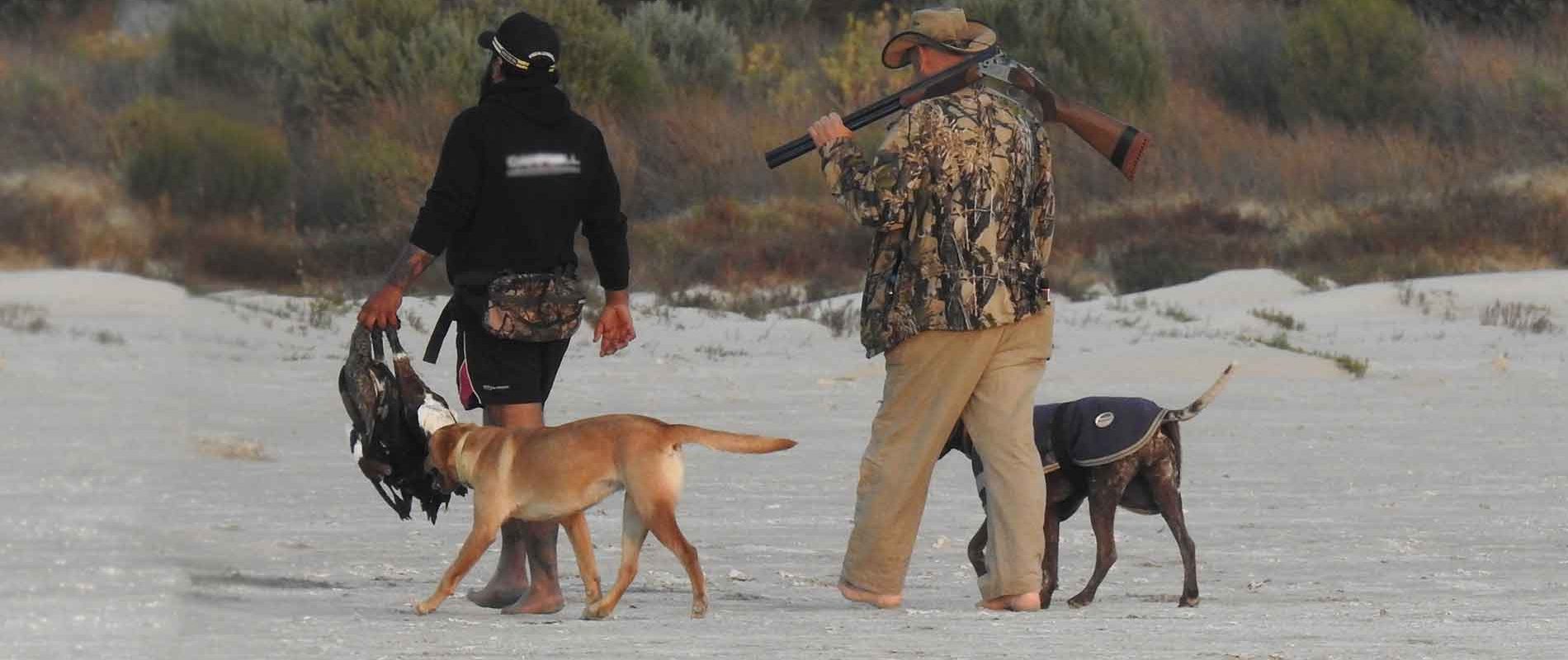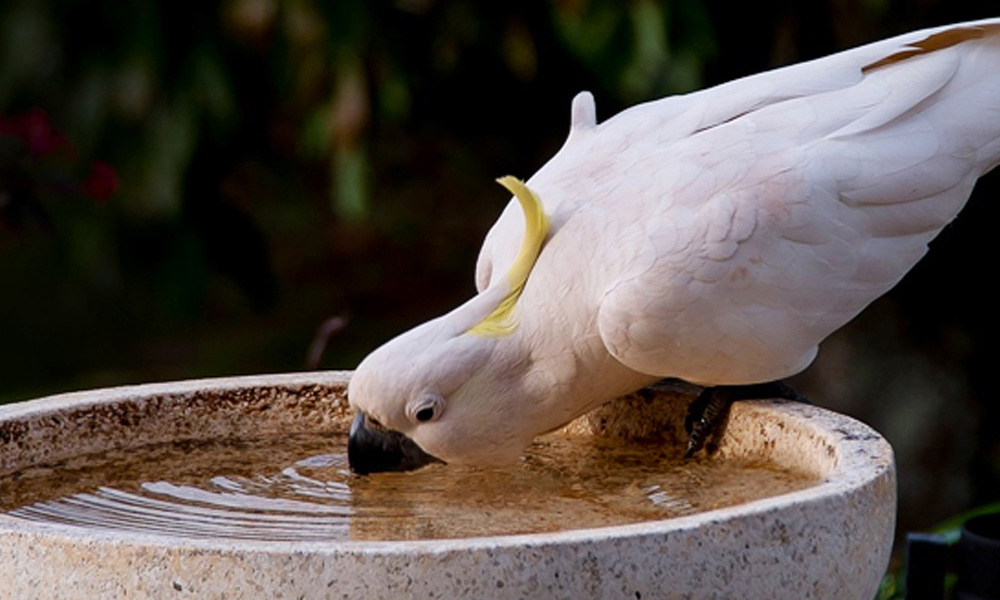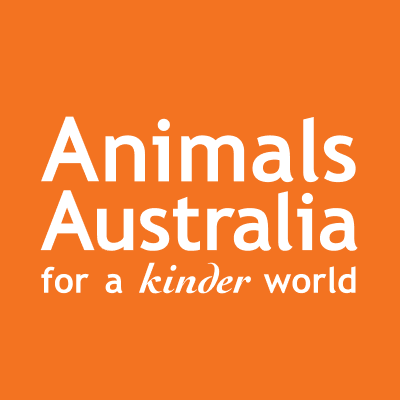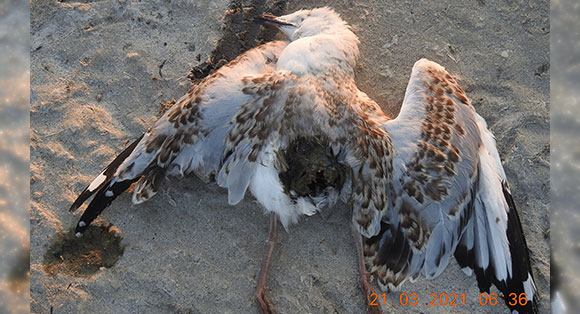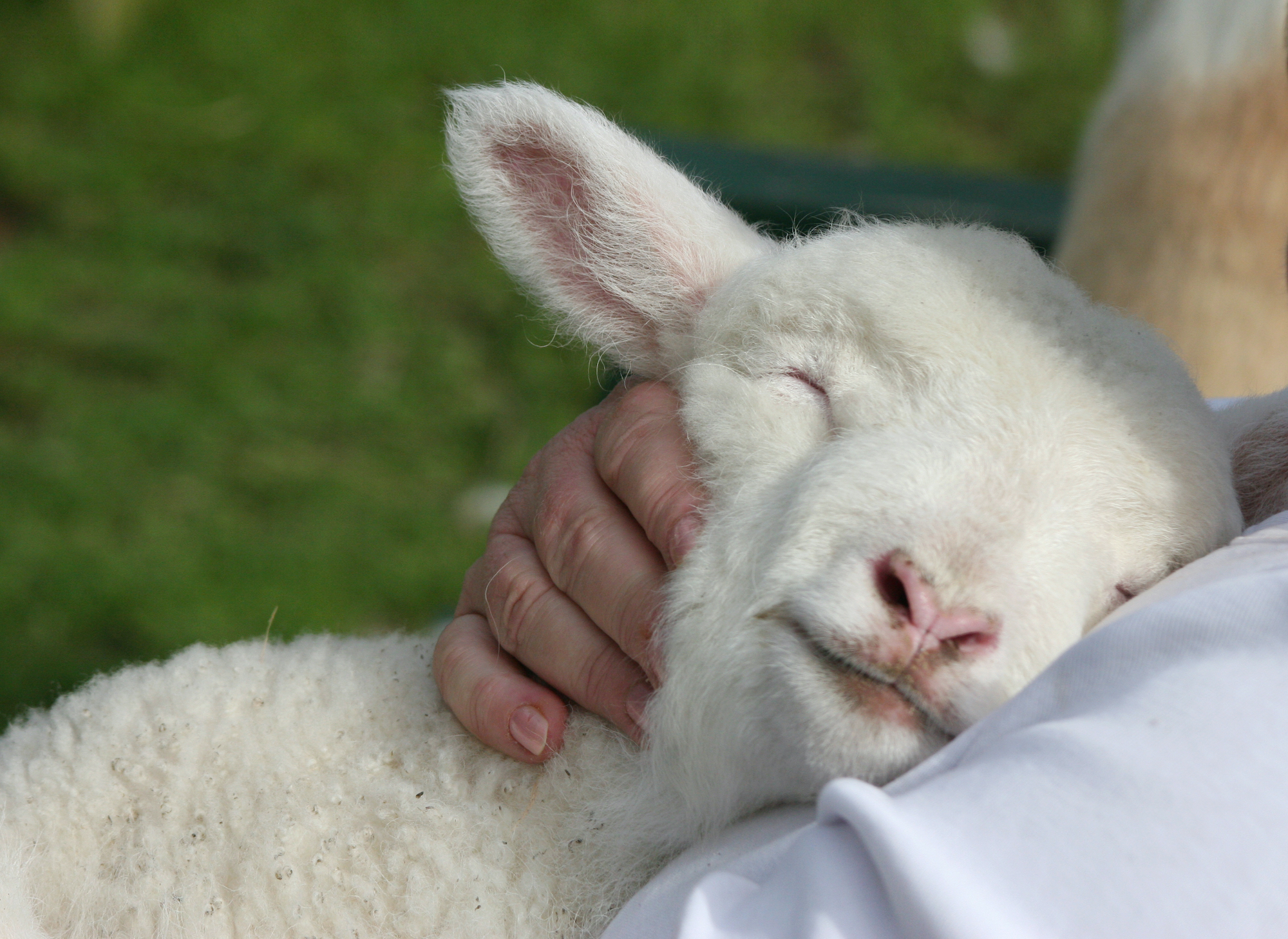Government agencies claim that rules are in place, but the vast rural location of wetlands makes effective monitoring and compliance impossible. More regulation and resourcing cannot address this. No regulatory body can ensure the rules are being followed by over a thousand shooters spread across not only public game reserves, but on private property too. As a result, individual animals suffer greatly, as do species as a whole.
Shooters in both SA (and Victoria) must pass a Waterfowl Identification Test only once. A recent survey of shooters in Victoria (conducted by the state’s hunting regulator itself) revealed shockingly few shooters knew which ducks they could legally shoot and which species were ‘protected’. Given the single identification test applies to both states, concern for the safety and future of ‘non-game’ species, including threatened species, is warranted.
To add risk to the already fraught situation, shooting is permitted to commence at sunrise and end at sunset making the visibility and identification of species being shot at dawn virtually impossible without sunlight.
The regulations stipulate that shooters must adhere to the Code of Practice for the Humane Destruction of Birds by Shooting in South Australia – but there is no requirement to undertake any training or prove any competency in killing injured birds ‘humanely’ in order to obtain a shooting licence. In the aforementioned shooter survey in Victoria, 84% didn’t know how to kill ducks they had shot and injured. With no competency test in place, the fragile bodies of sensitive ducks are in the hands of potentially inexperienced shooters who are out to kill them ‘for sport’.
Video evidence of cruelty in Victoria was captured by volunteers on just one of the thousands of wetlands, raising questions about how much illegal behaviour is really going unchecked on wetlands across South Australia– and how much suffering is going unseen.

